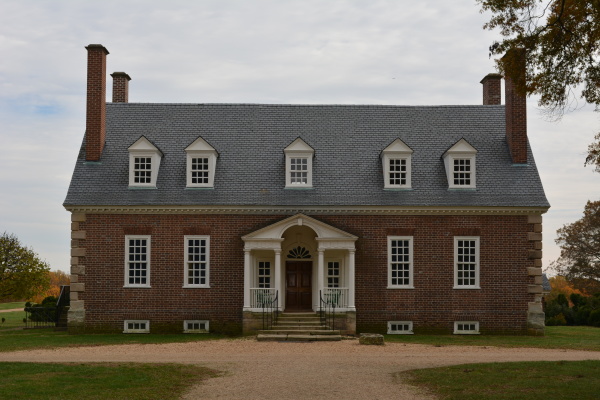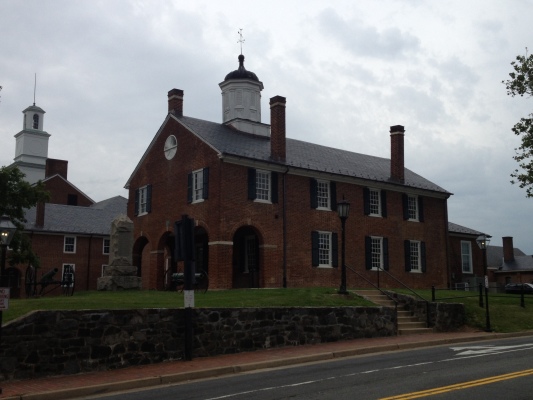About Fairfax County, Virginia
Fairfax County Information Links
- Click here for state & local taxes.
- Click here for the Fairfax County fact sheet.
- Click here for Fairfax County Chambers of Commerce.
- Click here for more than 300 trade associations and professional societies in Fairfax County.
- Click here for a list of Fortune 500 companies & corporate headquarters operating in Fairfax County.
- Go to http://www.usa.com/fairfax-county-va.htm for county, city, town, area, & zip code and area statistics for population, education, housing, financial, & government.
- Click here for planning districts.
- Click here for the Best of Fairfax County according to Northern Virginia Magazine.
- Click here for cities, towns, unincorporated areas, localities, roadways, demographics, government & politics, county history, and several other facts, figures, & descriptions about Fairfax County found on Wikipedia.
- Click here for images of housing subdivisions, Fairfax City Hall, Fairfax County Courthouse
Fairfax County Residential Real Estate Description
Fairfax County is the largest county in Northern Virginia (population 1,100,692) with a median household income of $103,010. The household income is second in the nation to neighboring Loudoun County. There are 350,714 households, and 250,409 families residing in Fairfax County. Residential development in the Lorton-Fairfax Station areas bordering the Occoquan River, and the Centreville, Chantilly, and Fair Lakes areas during the last 10 years attracted a professional workforce purchasing mostly luxury homes. With the median value of homes at $507,800 it’s no surprise the average unemployment figures have recently been as low as 1.4%. Commuting options, and the location of Fairfax County to Washington, D.C. offer home buyers reasonable commutes during morning and evening rush hours. Our clients relocating to Northern Virginia are often interested in home searches beginning in Centreville, Fairfax Station, Kingstowne, Lorton, and West Springfield. Click here to view updated announcements in Fairfax County. Click Fairfaxpedia for community information in Fairfax County and the City of Fairfax.
Dwayne Moyers has been involved in the construction of commercial and residential projects in McLean, Vienna, Fairfax, and Centreville. He has observed the growth of Fairfax County since the 1970′s. These are his thoughts on selecting Fairfax County as your home. Major transportation projects in Fairfax County are improving the quality of life for residents. The Springfield I-95/I-495 “Mixing Bowl” exchange, I-95 HOT Lanes, Metrorail Silver Line connecting Washington Dulles Airport to Downtown D.C., and I-495 Express Lanes are all designed to meet the modern-day demands of the transportation grid in Northern Virginia. There has been forward thinking, and careful planning during the development of Fairfax County. Carefully designed communities offering a range of private services in Fairfax County make living in a heavily populated urban area comfortable. We feel Fairfax County has unmatched attractions, parks, schools, and special services. Contact us if Northern Virginia is your next destination.
Fairfax County Historical Description
Formed in 1742 from the counties of Prince William and Loudoun, and named for Lord Fairfax, proprietor of the Northern Neck. Mount Vernon, George Washington’s home, is in Fairfax County. Gunston Hall (c. 1755-1758) in Lorton is the home of Revolutionary leader George Mason, Author of the Virginia Declaration of Rights, and the First Constitution of Virginia. The Ravensworth Plantation (c. 1796) was the home of the Fitzhugh and Lee families. It was almost 22,000 acres (Annandale and Springfield). Other points of historical interests include several Civil War forts and defenses of both Union and Confederate Armies, battles and engagements including Ox Hill (Battle of Chantilly), and Cold War era Nike Missile air defense sites.
This is the third Fairfax County Courthouse (c. 1799) built at the junction of Little River Turnpike & Ox Road (present day routes 236 & 123). Historical Events at Fairfax Courthouse include the Fairfax Rifles mustering into service of the Confederacy in 1861. After the First Battle of Manassas, Union General Irvin McDowell, commanding I Corps of the Army of the Potomac occupied the courthouse to defend Washington from Confederate attack. During 1863-1864 the courthouse became a military outpost to protect Union communication and supply routes. During Union occupation the courthouse was ransacked, and court records were destroyed. The Clerk of the Court, Alfred Moss, removed the will of George Washington and had it taken to Richmond where it was held by the Secretary of the Commonwealth of Virginia.
Fairfax County General Information
Have questions about Fairfax County real estate statistics, available homes (including new subdivisions), home values, and selling homes? Call The Moyers Team today and we will be glad to answer any questions you may have. Reach us at 540-379-7359.









